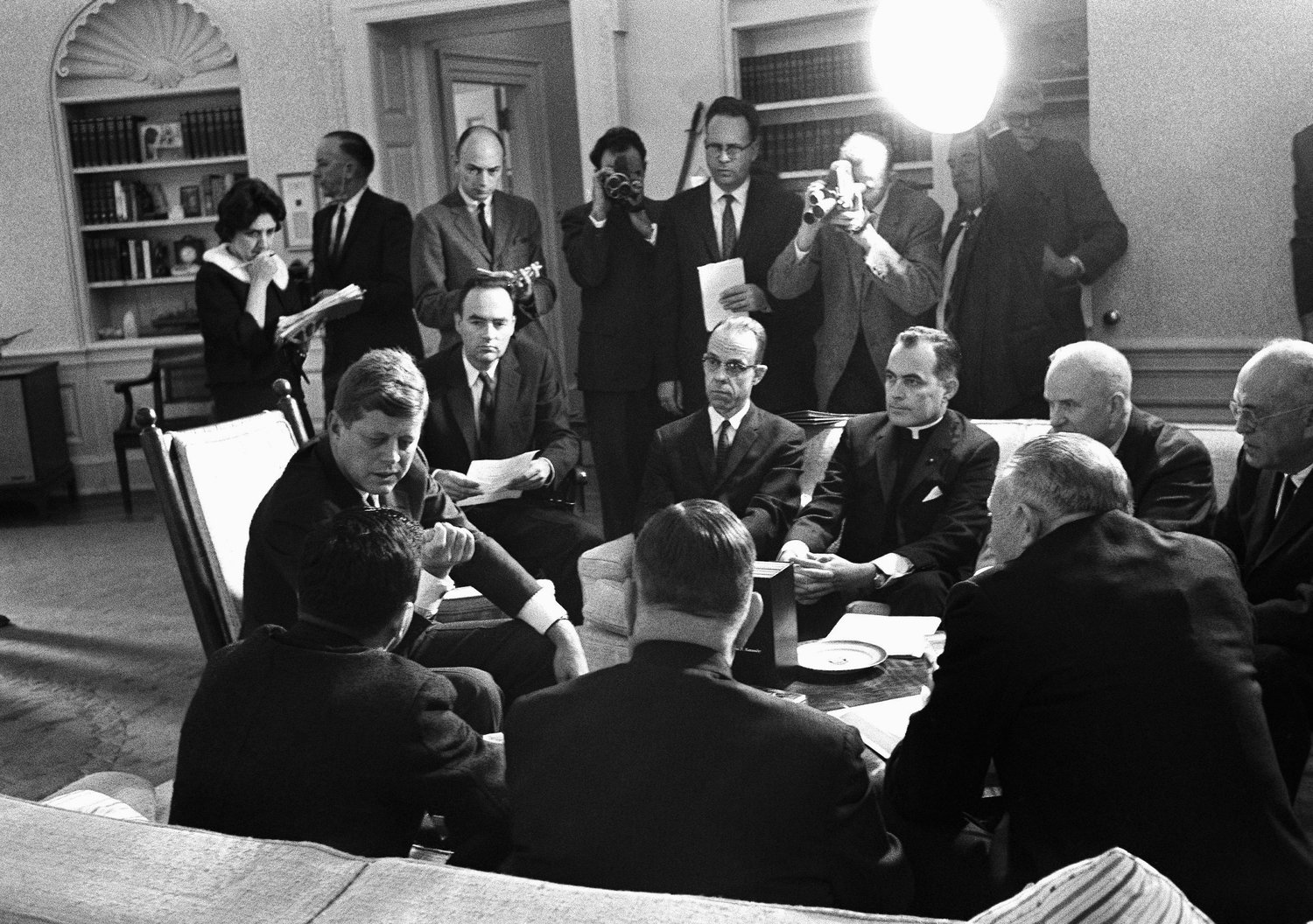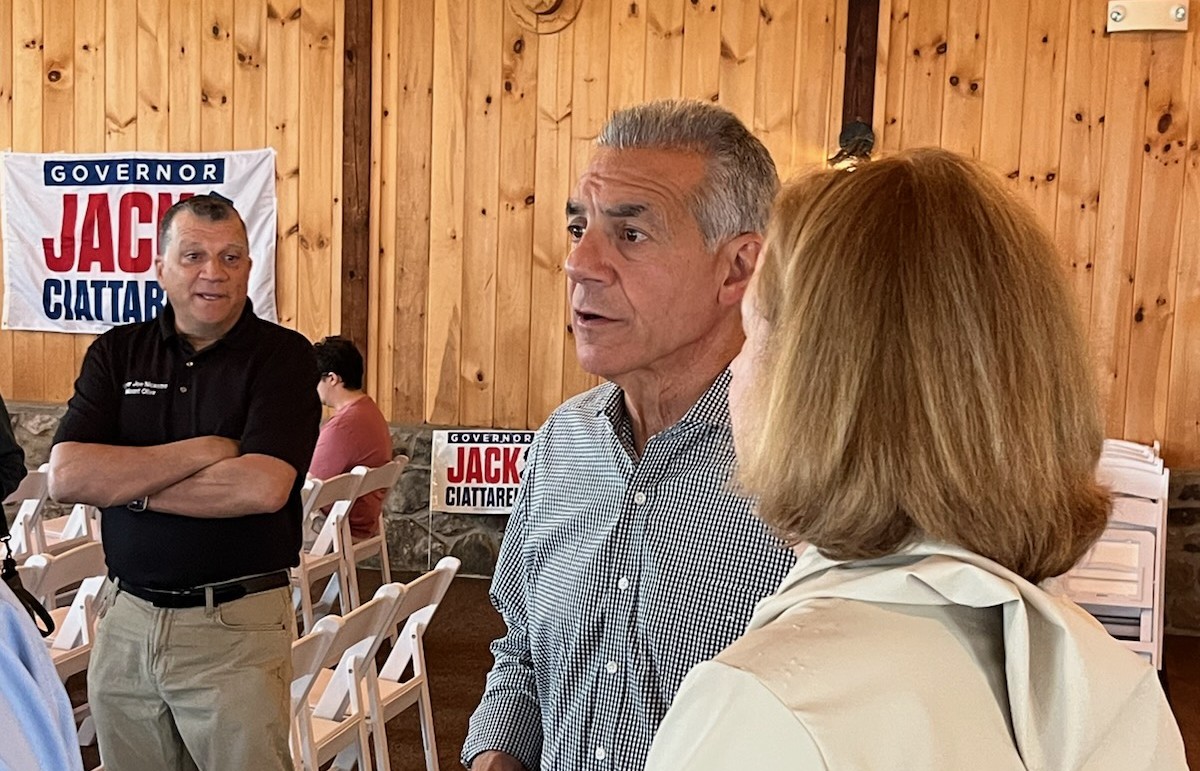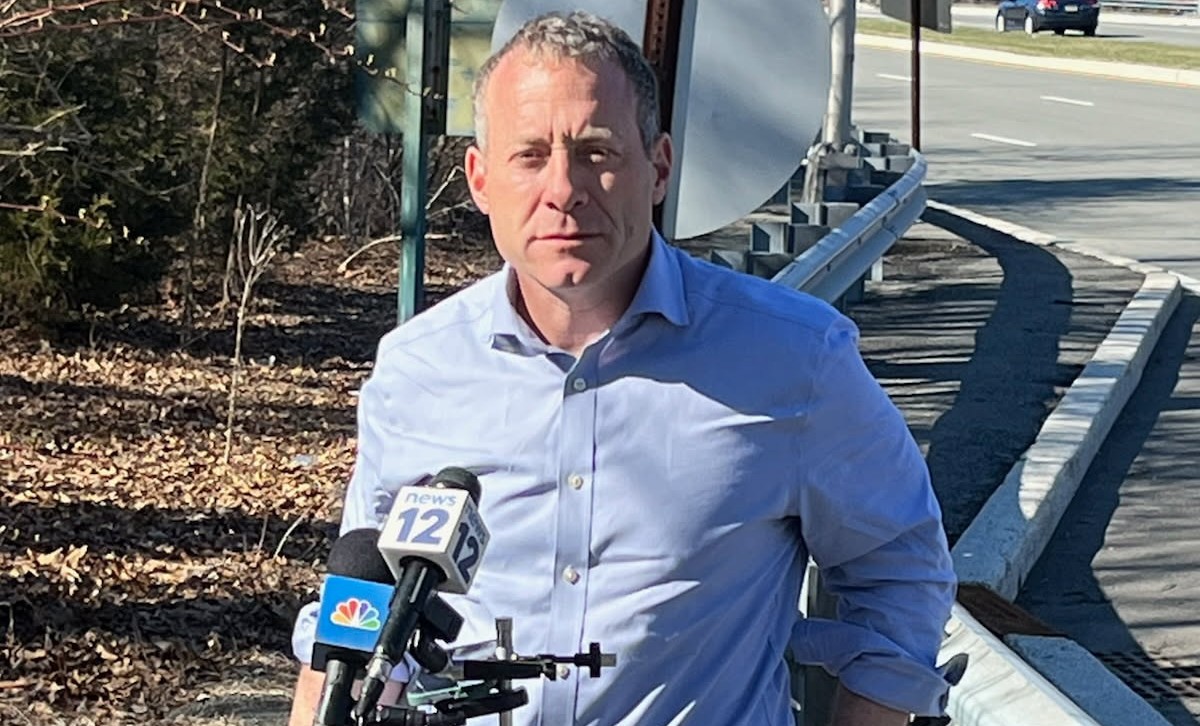Title: The Enduring Dominance of Guns: Reflecting on Six Decades since JFK’s Assassination
Introduction:
The assassination of President John F. Kennedy on November 22, 1963, shocked the nation and left an indelible mark on American history. While the event itself was a tragedy, it also highlighted the prominence and power of firearms in the United States. Today, more than six decades later, the dominance of guns remains a contentious issue, with ongoing debates surrounding gun control, Second Amendment rights, and public safety. This article delves into the continued prevalence of firearms in America and the challenges it poses for society.
The Second Amendment and Gun Culture:
The Second Amendment of the United States Constitution, which guarantees the right to bear arms, has long been a cornerstone of American society. Its interpretation and application have fueled heated discussions between gun rights advocates and those advocating for stricter regulations. The cultural significance of guns in America cannot be overstated, with many individuals viewing firearm ownership as a symbol of personal freedom, self-defense, and heritage.
Gun Ownership Statistics:
According to estimates from the Small Arms Survey, there are approximately 393 million civilian-owned firearms in the United States, making it the country with the highest number of privately owned guns per capita globally. This staggering figure demonstrates the enduring dominance of guns in American society. Moreover, data from the Pew Research Center reveals that around 30% of American adults personally own a firearm, with gun ownership being more prevalent among men, rural residents, and Republicans.
Gun Violence and Public Safety Concerns:
While some argue that gun ownership is essential for self-defense and deterring crime, others contend that the widespread availability of firearms contributes to increased gun violence and poses significant public safety risks. The United States consistently experiences higher rates of gun-related deaths compared to other developed nations. Mass shootings, homicides, suicides, and accidental shootings continue to plague communities across the country, prompting calls for stricter gun control measures.
The Role of Legislation:
In the wake of JFK’s assassination, the Gun Control Act of 1968 was enacted, marking the first significant federal gun control legislation in the United States. Since then, numerous attempts have been made to address gun violence through legislation, including the Brady Handgun Violence Prevention Act in 1993 and the Assault Weapons Ban in 1994. However, the effectiveness and impact of these measures remain subjects of debate, with advocates for stricter gun control arguing for comprehensive background checks, closing loopholes, and banning assault weapons.
The Influence of Interest Groups:
The dominance of guns in America is further perpetuated by the influence of interest groups such as the National Rifle Association (NRA). The NRA, one of the most powerful lobbying organizations in the country, has consistently opposed stricter gun control measures, asserting that they infringe upon Americans’ constitutional rights. The organization’s political clout and financial resources have played a significant role in shaping the national conversation on guns.
Moving Forward:
As discussions surrounding gun control and public safety persist, finding common ground remains a challenge. Striking a balance between protecting individual rights and ensuring public safety is a complex task. It requires open dialogue, evidence-based policies, and a commitment to addressing the root causes of gun violence, including mental health issues and socioeconomic disparities.
Conclusion:
Six decades after JFK’s assassination, guns continue to dominate American society. The Second Amendment, cultural beliefs, and powerful interest groups contribute to the enduring prevalence of firearms. However, the ongoing debate surrounding gun control and the need for public safety measures highlight the urgent need for comprehensive solutions. Only through informed discussions and collaborative efforts can the nation work towards a safer future while respecting individual rights.




